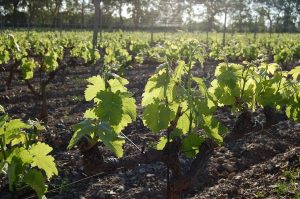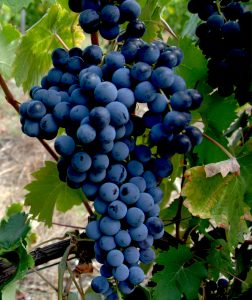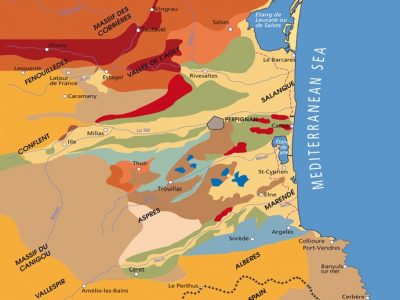
From its origins till today
It all began in Ancient times, when the Côte Vermeille and the Corinthian sailors’ art of winemaking first met. It was the beginning of a passion, the story of a winemaking tradition that was handed down over the centuries, by the Roussillon winegrowers. Today, our A.O.P. red, rosé or white wines and Vins Doux Naturels are still being crafted with the same passion, improving their quality each year.
An exceptional climate
The Roussillon climate, Mediterranean par excellence, gives the vineyards a distinctive character. Generally heavy autumn rains enable the vines to find moisture in the abundant water tables throughout the hot summer. With more than 320 days/year of sunlight and ideal temperature variations, it is a land blessed by the gods for winegrowing.


Soils and grape varieties
Surrounded by high mountains, the Roussillon region forms a huge amphitheater marked by numerous geological convulsions. The richness of its turbulent story is reflected in the diversity of its soils and subsoils, with a multitude of distinctive terroirs. Such a natural richness has enabled the planting of more than 24 different white, grey and black varieties, offering a unique array of elegant wines.
Varied micro-terroirs
Varied geological structures and micro-climates are distinctive Roussillon characteristics, which means there is terrain to suit and maximize the characters of every grape varietal. While soils are predominantly clay/limestone, shist and « gravelly », some specific terroirs were recognized a distinctive AOP certification, ie. Côtes du Roussillon Villages Caramany from gneiss and granite terrain, Côtes du Roussillon Villages Latour de France from terrain containing a dominance of grey schist, Côtes du Roussillon Villages Lesquerde from sands of gneiss and granite and Côtes du Roussillon Villages Tautavel from a limestone-dominant terrain. The Crus from Côtes du Roussillon les Aspres are from gravel or small pebble soils with yellow clay as a liant. The Crus of Collioure and Banyuls are born from vines planted on very narrow terraces, often directly on to the parent Cambrian grey schist rock and on to poor, acid soils. The Maury terroir sits mainly on Aptian, nonmetamorphic black schist at the heart of the Agly Valley.
 Red soils on compact limestone
Red soils on compact limestone
 Limestone soil on the edge of the Corbières and Thuir
Limestone soil on the edge of the Corbières and Thuir
 Black Soils, schistous marls from the Cretaceous Period
Black Soils, schistous marls from the Cretaceous Period
 Soils seated on schistous colluvial deposits
Soils seated on schistous colluvial deposits
 Soils originating from granite and gneiss
Soils originating from granite and gneiss
 Very stony soils on high terraces
Very stony soils on high terraces
 Very stony soils on low terraces
Very stony soils on low terraces
 Clay and slit soils of Les Aspres
Clay and slit soils of Les Aspres
 Stony clay soils Les Aspres
Stony clay soils Les Aspres
 Stony soils of the Thuir terrace
Stony soils of the Thuir terrace
 Sandy, stony soils of the Albères foothills
Sandy, stony soils of the Albères foothills
 The whole range of stony, sand and slit, clay and silt, and sandy sols of the coast
The whole range of stony, sand and slit, clay and silt, and sandy sols of the coast
 The hydromorphic soils of the basins
The hydromorphic soils of the basins
 Limit of the permanent saltmarsh
Limit of the permanent saltmarsh

